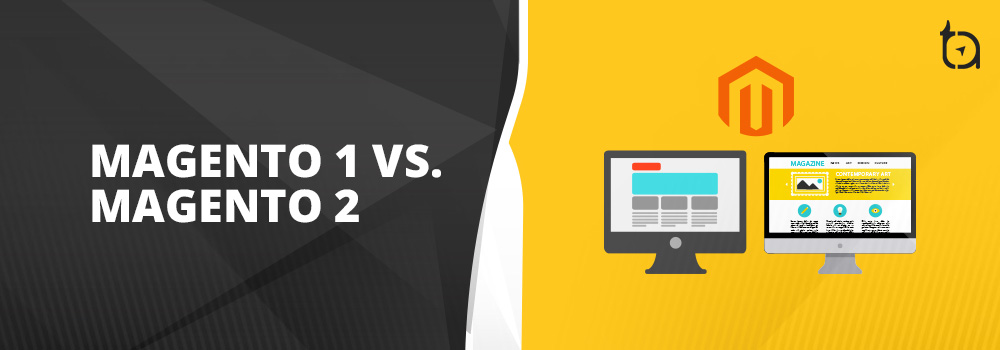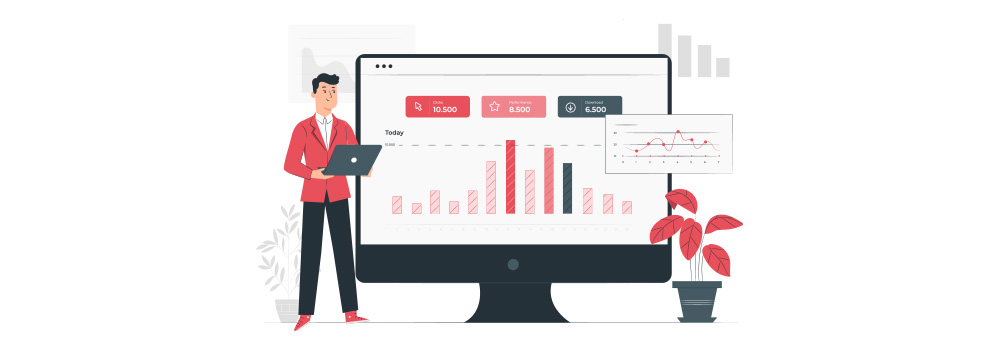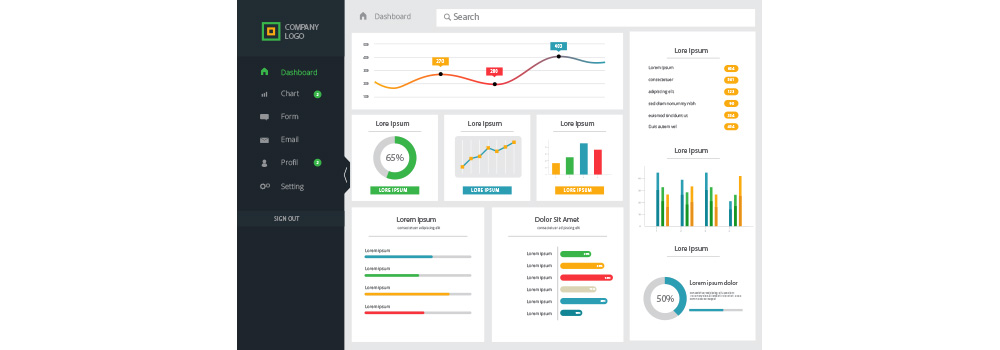Magento 1 vs Magento 2 – Should you Upgrade your Magento eCommerce Store?

Author : TechAffinity 18th Apr 2022

MagentoMagentoMagento is an open-source based e-commerce platform that provides online retailers with an easy and flexible shopping cart system. Also, it gives control over the look, content, and functionality of the online store., one of the most popular open e-commerce systems has released the new version of it, popularly known as Magento 2. The upgrade from Magento 1 to Magento 2 is better in terms of security, performance, SEO, speed, and ease of use. So, let us dive in deep to understand the topic Magento 1 vs Magento 2 and see in what aspect does the migration give your online business the much-needed competitive edge.
“Magento is ranked the second most used popular eCommerce platform globally. It is used by more than 250,000 merchants worldwide as their eCommerce platform.” – Magento
1. Architecture

Magento 2 provides support for the newer versions of Apache, NGINX 1.7 or higher, MySqlMySQLMySQL is an open source Relational Database Management System (RDBMS) based on the SQL. It is an open source RDBMS and runs on all platforms including UNIX, Windows, and Linux. It mostly associated with web applications and online publishing., PHP, Composer, Symfony, CLI, and the default support of Varnish, Memcached, and Redis significantly improving the performance and also supports the latest PHPPHPHypertext Preprocessor, fondly called as PHP, is one of the widely used open source scripting language mainly focused on web development which can be embedded into HTML. In addition, it acts as a server-side scripting language as well as a general-purpose programming language. version because of better code performance.
2. Security

Users are highly concerned about the security of their data and are unlikely to opt for an ecommerce store which they don’t trust for their online purchase. In addition to the improved performance, the latest update has also spent time in building a robust security and more stabilized system. For instance, the hashing algorithms (SHA-256) for passwords has been strengthened, and as a result, passwords are now more resilient to the dictionary types of attacks.
More importantly support for Magento 1 will come to a halt, resulting in an increase in the volume of attacks that would target vulnerabilities discovered after the release of the last security patch.
3. Performance

Magento 2 is faster in overall frontend performance and offers faster page load speed when compared to Magento 1, for instance page loading speed is on an average 50% faster on the homepage and product pages. Since the content of the page is displayed faster, it is not required to wait to load the entire page in order to view the main content and it also improves the cache handling process with the static content.
Talking about the checkout page it has made it much faster and comfortable for the customers, and also given the option to checkout as a guest without the need to get registered with the system. According to the data, Checkout is 38% faster than Magento 1.
4. Dashboard

The newest display is easy and friendly to use since it divides or separates the primary functions from the whole list of options available for the admins to manage. Although it has a steep learning curve because of the availability of large set functionalities available to perform for the admins, customers can configure products and customize data grids to what they most need to see making.
Also, creating products in the admin panel is easier than before with 4x faster product import capabilities.
5. Functionality

In this section I have mentioned a few popular functionalities gains of Magento 2 of which the addition of AjaxAjaxAjax is a set of web development techniques using many web technologies on the client-side to create asynchronous web applications. With Ajax, web applications can send and retrieve data from a server asynchronously without interfering with the display and behavior of the existing page.in the Cart page being real advantageous. In the previous version (Magento 1), when a product is added to the cart the page needs to reload. With Magento 2, cart updates happen without the need for the page to reload. This has obvious UX and performance benefits.
Magento 2 takes this further and also offers improved checkout functionality by automatically recognizing saved card types and users that are already registered by analysing their email address. Again, this offers an improved user experience and for registered customers, it is up to 29% faster.
6. File Structure

The new file structure makes the developer easy to access all templates, layouts and JavaScript, CSS files helping the developer to customize without changing site functionality.
7. Extensions

Even though there are a lot of extensions available for Magento 1 it takes a lot of time to install them even for the developers. Furthermore the conflict of two or more extensions trying to rewrite the same functionality can be solved manually, which consumes considerable time and cost.
Extensions or plugins in Magento 2 allows code to overlap core code rather than override it, making the process more straightforward, as well as the frontend development, and the functionality can be modified more easily too, thanks to HTML5, Less, require.js, and CSS3.
8. SEO

Magento 2 has better SEO as compared to its previous version primary reason being that the Magento 2 is better optimized for mobile which is a major ranking factor for search engines, mainly google and it contains new responsively designed (and SEO-friendly) themes. It does away with duplicate content problems by providing canonical tags and also enables the Meta tags for the individual pages.
9. Cost

Although the community edition is free in both the versions, the cost of enterprise edition for Magento 1 & Magento 2 are different. Since Magento 2’s enterprise edition costs more than the previous version, this is the only area where Magento 1 wins the round. But considering the latest features and performance are desired the extra cost does provide a better return on investment.
Also Read: Why Should You Choose Magento for eCommerce
Final Thoughts
Since Magento 2 offers better performance and high security it is advisable to develop your website using Magento 2, also since support for Magento 1 is ending soon it is recommended to migrate your website to Magento 2.
Even in the case of migrating the application between two versions of the same platform it is not going to be easy as it requires some extra work. But considering the advantages and performance benefits provided by the latest Magento 2 it is best to adopt and migrate sooner. Below are the steps to migrate to the latest version.
How to upgrade to Magento 2 from the previous version?
Step 1: Update your database and file structure system to point to the new version of Magento.
Step 2: Move over the themes and custom extensions that make your site unique.
Step 3: Set Testing Team on the upgraded development site to ensure everything functions properly.
If you still have doubts and questions about migrating and/or upgrading your store from Magento 1 to Magento 2, we have expert Magento eCommerce store developers. You can share your queries to media@techaffinity.com or schedule a meeting with our experts.